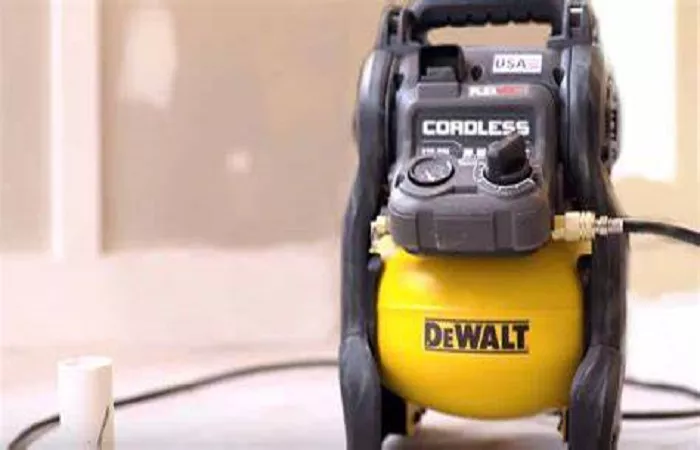Capacitors are essential components in electrical systems, particularly in motors that drive compressors. They play a critical role in ensuring efficient operation, reducing energy consumption, and extending the lifespan of the compressor. This article provides a detailed, professional examination of what a capacitor does for a compressor, covering its types, functions, working principles, and common issues.
Understanding Capacitors
A capacitor is an electrical device that stores and releases energy in the form of an electric field. It consists of two conductive plates separated by an insulating material (dielectric). Capacitors are categorized based on their construction and function, with the most common types in compressor applications being:
- Start Capacitors: Provide high starting torque to initiate motor rotation.
- Run Capacitors: Maintain consistent motor operation by improving efficiency.
- Dual-Run Capacitors: Combine both start and run functions in a single unit.
Why Compressors Need Capacitors
Providing Starting Torque (Start Capacitors)
Single-phase motors (common in residential compressors) cannot generate a rotating magnetic field on their own. A start capacitor introduces a phase shift between the main and auxiliary windings, creating the necessary torque to start the motor. Once the motor reaches about 75% of its operating speed, a centrifugal switch disconnects the start capacitor.
Improving Running Efficiency (Run Capacitors)
After startup, the run capacitor remains in the circuit to optimize power factor and reduce energy consumption. It ensures smooth operation by maintaining a consistent voltage supply and minimizing electrical losses.
Reducing Electrical Stress
Capacitors help mitigate voltage fluctuations, preventing overheating and premature motor failure. They stabilize current flow, reducing wear on the compressor’s electrical components.
How Capacitors Work in Compressor Motors
Start-Up Phase
- When power is applied, the start capacitor creates a phase shift between the motor’s windings.
- This phase shift produces a rotating magnetic field, enabling the motor to start.
- Once the motor reaches sufficient speed, the start capacitor is disconnected (either by a relay or centrifugal switch).
Running Phase
- The run capacitor remains active, continuously adjusting the phase angle for optimal performance.
- It improves the motor’s power factor, reducing wasted energy and heat generation.
- The compressor operates smoothly with minimal electrical noise and vibration.
Types of Capacitors Used in Compressors
Electrolytic Start Capacitors
- Designed for high capacitance (typically 50–400 µF).
- Used only during the brief start-up period.
- Not suitable for continuous operation due to heat sensitivity.
Oil-Filled Run Capacitors
- Made with a dielectric oil for better heat dissipation.
- Operate continuously.
- More durable than electrolytic capacitors.
Dual-Run Capacitors
- Combine start and run functions in one housing.
- Common in HVAC systems (e.g., 45+5 µF configuration).
- Simplify wiring and reduce component count.
Signs of a Failing Capacitor
- Hard Starting: The compressor struggles to start or makes humming noises.
- Frequent Tripping: The circuit breaker trips due to excessive current draw.
- Overheating: The motor or capacitor becomes excessively hot.
- Bulging or Leaking: Physical damage indicates capacitor failure.
- Reduced Cooling Efficiency: The compressor runs but doesn’t provide adequate cooling.
Importance of Proper Capacitor Selection
Using an incorrect capacitor can lead to
- Motor burnout (if capacitance is too low).
- Excessive heat (if voltage rating is insufficient).
- Reduced efficiency (if the wrong type is installed).
Always refer to the manufacturer’s specifications when replacing a capacitor.
Conclusion
Capacitors are indispensable for compressor operation, providing the necessary starting torque and maintaining efficient running conditions. Understanding their function, types, and failure symptoms helps technicians ensure reliable compressor performance. Regular inspection and timely replacement of faulty capacitors can prevent costly motor failures and improve system longevity.

